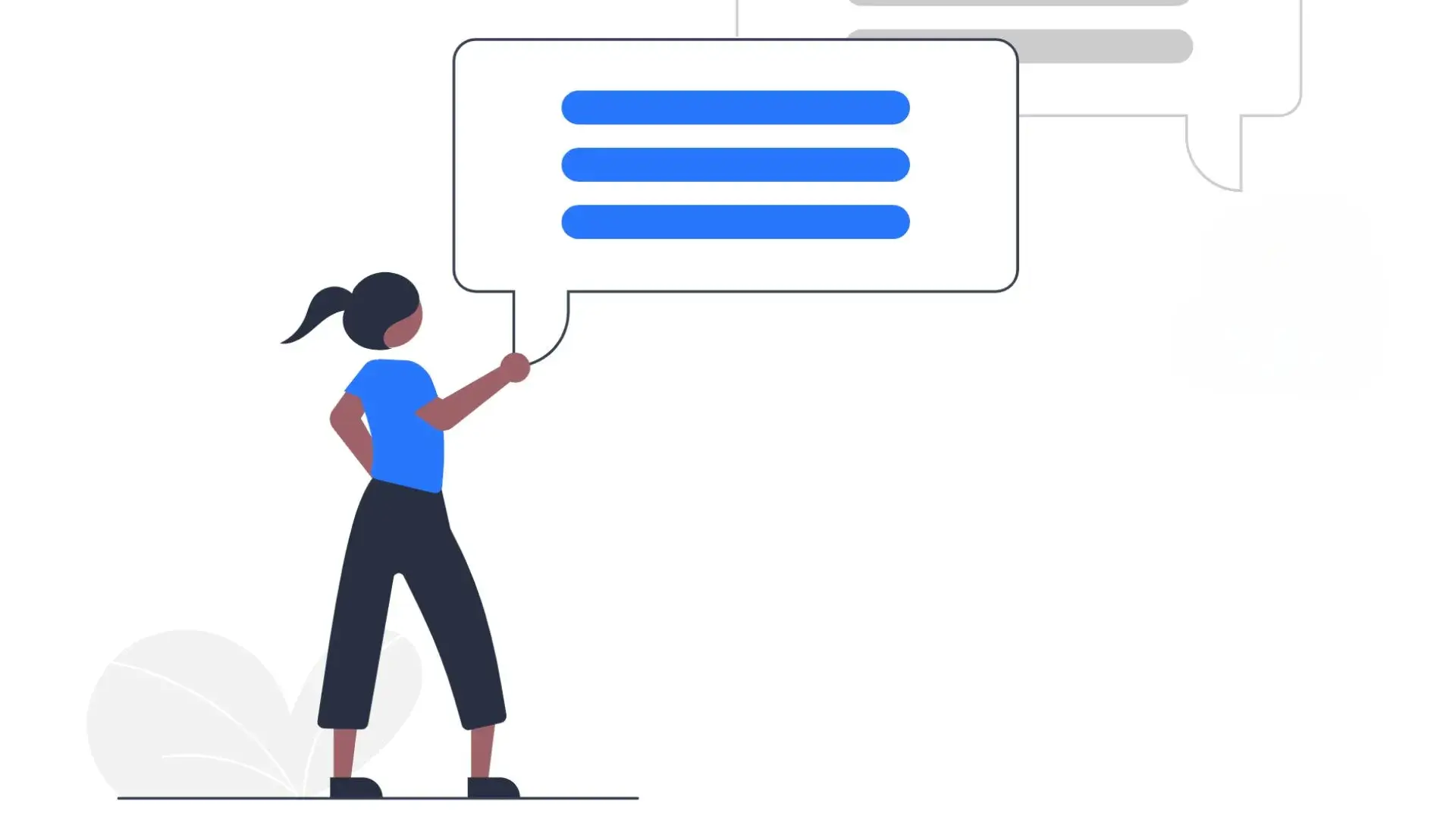Effective SaaS messaging starts with three questions:
- Why should someone change?
- Why should they choose you?
- Why should they take action now?
In this guide, we’ll focus on the first and most often overlooked: why change.
Start with the Person, Not the Product
In B2B SaaS, you're selling to a business, but you still need to convince a person to spend someone else’s money. To do that, you must speak to their reality: their fears and dreams.
This is where Maslow’s Hierarchy of Needs becomes your most useful tool.
Map Your ICP’s Fears and Dreams to Maslow’s Pyramid
Your messaging should speak to your buyer’s needs within Maslow’s pyramid:
- Physiological
- Fears: Burnout, daily overwhelm
- Dreams: Efficiency, less stress
- Safety
- Fears: Job insecurity, risk
- Dreams: Predictability, credibility
- Belonging
- Fears: Isolation, failing a team
- Dreams: Recognition, shared success
- Esteem
- Fears: Being overlooked
- Dreams: Becoming the go-to expert
- Self-Actualization
- Fears: Stagnation
- Dreams: Growth, impact, purpose
Before you write, interview, or brainstorm, figure out what your ICP actually cares about. Ask:
- Are they overwhelmed by daily tasks or frustrated by slow strategic progress?
- Do they talk about time savings, or career growth?
- Are they seeking security, or recognition?
The answers help you prioritize which tier of Maslow’s pyramid to focus on. Messaging should meet them where they are now.
Messaging Must Match Market Maturity, Or It Will Miss
Even great messaging fails if it doesn’t reflect the context of the market you’re in. Founders must align messaging with market maturity:
Your messaging needs to align with how educated your market is. Use this framework to guide what kind of message will resonate.
|
Market Type
|
Audience Awareness
|
Messaging Focus
|
Example
|
|
Immature Market
|
Unaware or problem-curious
|
Educate and spark urgency
|
“Most teams don’t realize reporting is costing them 6+ hours/week.”
|
|
Mature Market
|
Problem-aware and skeptical
|
Differentiate and de-risk
|
“Unlike [competitor], we automate this without bloated setup costs.”
|
Before you craft a homepage headline, webinar intro, or outbound sequence, ask: Are we introducing the problem, or are we fighting for attention in a crowded space?
Getting messaging right is especially critical in the early stages of T2D3 growth. If you're trying to go from $1M to $10M ARR, your ability to educate a market (or differentiate in a mature one) will either accelerate or stall your GTM motion. Messaging tied to fears, dreams, and market context is an important weapon in your arsenal.
Learn more about T2D3.
From Messaging to GTM Execution
Now that you know what to say and how to tailor it, here’s how to put that message to work for each stage of the funnel:
1. Demand Generation
- Fear-led ads: “Still spending hours building reports manually?”
- Dream-led CTAs: “Free yourself from Excel hell—see how.”
2. Sales Enablement
- Equip reps with stakeholder-specific one-pagers tied to Maslow’s stages.
- Use “Pain → Claim → Gain” SaaS messaging for sales decks and scripts.
3. Content Strategy
Your content marketing, including your blog, emails, socials, and case studies, are often the first place prospects engage with your brand, but many teams waste that opportunity by talking only about features.
Here’s how to make content part of your messaging engine:
- Start with a pain: “Reporting delays don’t just waste time, they kill momentum.”
- Acknowledge the audience’s reality: “If your team is buried in spreadsheets, you’re not alone.”
- Position the outcome, not the tool: “Here’s how to cut your reporting time from six hours to six minutes.”
Whether you're writing a blog, a webinar abstract, or a customer story, apply our B2B framework, Pain → Claim → Gain:
- Pain: What the audience is experiencing
- Claim: What your product does to fix it
- Gain: What happens when it works
The strongest SaaS content motivates action. That’s why you need to constantly test and refine to ensure that you have the best copy for your audience.
Test Your SaaS Messaging Before You Scale It
Messaging isn’t something you “get right once.” It’s something you improve in-market.
Here’s how to test messaging quickly and use results to guide what you roll out across your GTM strategy:
- LinkedIn Ads: Run two versions, one fear-led, one aspiration-led. Which gets more engagement?
- Landing pages: Update a hero section to highlight pain, while the control emphasizes features. Watch bounce rates.
- Subject lines: In nurture emails, A/B test “problem” vs. “solution” angles. Measure open and click-through rates.
You’ll get a reaction when the copy resonates with your ICP. Then when you do, apply those learnings across your demand gen, sales scripts, and content.
Make It Real: One Messaging Example, Three Versions
Imagine you’re marketing a software tool that automates reports. You could list features, or you could connect with their fears and dreams. These fears and dreams should link your product’s benefits to your ICP’s sensitive areas in the Maslow pyramid.
- Feature-led: “Generate reports in one click.”
- Fear-led: “Wasting hours on reporting? Get your time back.”
- Dream-led: “Become the team’s data expert, without spending all day in spreadsheets.”
The difference is clear. It’s about more than what your product does, it’s about how it makes their life better.
SaaS Messaging That Moves Your Audience
Compelling messaging is rooted in empathy, grounded in market reality, and executed consistently. Great copy says what matters to the people who matter.
Don’t settle for surface-level messaging. Build what drives action.
Want Help Making This Real? Reach Out to Kalungi
If you’re still working on messaging, unsure how to align it with your GTM plan, or need a second set of eyes, we can help. It’s what we do best, especially for SaaS founders who can’t afford to guess.
